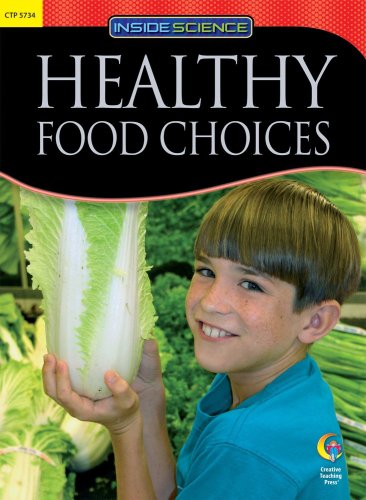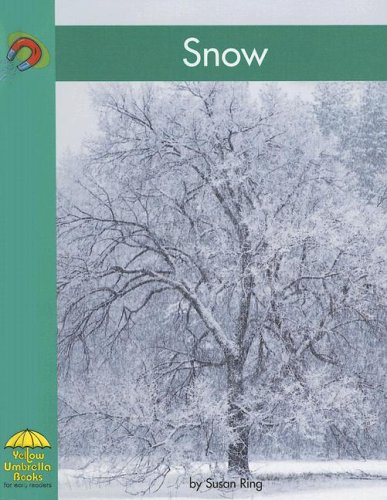-
Electronics Lab
Brenda Bach
Paperback (Silver Dolphin Books, March 1, 2001)This action-packed kit contains a 32-page manual with full instructions on how to perform over 40 amazing experiments. The manual gives you step-by-step instructions on how to build simple circuits so you can make an array of interesting devices from a pinball machine to an intruder alert. Features full safety instructions and an incredible range of equipment. V
V
-
How Do Chameleons Change Color?
Alonso Garcia
Paperback (Powerkids Pr, Aug. 15, 2017)Everybody knows that chameleons change color, but how do they do it? This book illuminates the magic of life science in action. Readers will be amazed by surprising facts, impressed by stunning photographs, and empowered by manageable text. Meeting Next Generation Science Standards with a unique spin on curricular subject matter, this book is a guaranteed jaw-dropper for young scientists. M
M
-
Cells and Cell Function
Sally Morgan
Paperback (Heinemann, Jan. 25, 2006)This title looks at all aspects of plant and animal cells. Students learn about the different types of cells, what is inside them, how they make up tissues, and how they reproduce. In addition, the book examines cloning and gene technology, bacteria and viruses, and how we can protect ourselves against disease.
-
The Way the Universe Works
Jayne Parsons
Paperback (Penguin Books, Limited (UK), July 6, 2006)Provides a 21st century introduction to the science of the cosmos. This work includes coverage of astronomy, physics, and cosmology, explaining why science matters and why it helps to explain how the Universe works. It features 50+ projects from creating your own lunar eclipse to investigating what happens inside a black hole.
-
How Plants Survive
Kathleen V. Kudlinski
Library Binding (Chelsea Clubhouse, Jan. 1, 2003)Discusses how plants compete for sunshine, water, and space, and how they adapt to get these natural resources to survive. P
P
-
HEALTHY FOOD CHOICES, INSIDE SCIENCE READERS
Diana Noonan
Perfect Paperback (Creative Teaching Press Inc., Jan. 30, 2009)Part of a 24-book series that covers the four main branches of sciencephysical science, life science, earth and space science, and science and technology, and covers essential content standards. Students will build their scientific knowledge, increase their content vocabulary, and sharpen critical nonfiction comprehension skills. Books are 6 5/8" x 9 1/8" Q
Q
-
What Is in Space?
Vita Jiménez
Paperback (Capstone Press, Sept. 1, 2002)Photos and text present what can be found in outer space. B
B
-
Energy
Mitchell A Wilson
Hardcover (Time-Life Books, March 15, 1968)None
-
Adaptation
Melanie Waldron
Paperback (Heinemann, July 1, 2013)Our world is incredibly diverse, and plants and animals must adapt in order to survive. This book will teach readers how adaptation works, why living things must adapt, and how a changing world makes adaptation more necessary than ever. Y
Y
-
Optical Illusions Lab
John Birdsall
Hardcover (Silver Dolphin Books, Aug. 23, 2011)Optical illusions are fun visual tricks that confuse and surprise the brain. Inquisitive kids will discover the secrets behind the world of optical illusions in this exciting new book. Step-by-step instructions for 50 easy-to-do experiments include liquid illusions, mirrors, kaleidoscopes, and 3-D images. By using common household items with the materials included in the book, kids will be off exploring the fascinating world of optical illusions in no time. Seeing is believing! P
P
-
Food and Nutrition
Elizabeth Rose
Library Binding (Powerkids Pr, Aug. 30, 2006)Describes how the human body uses different kinds of nutrients, and what foods provide them. M
M
